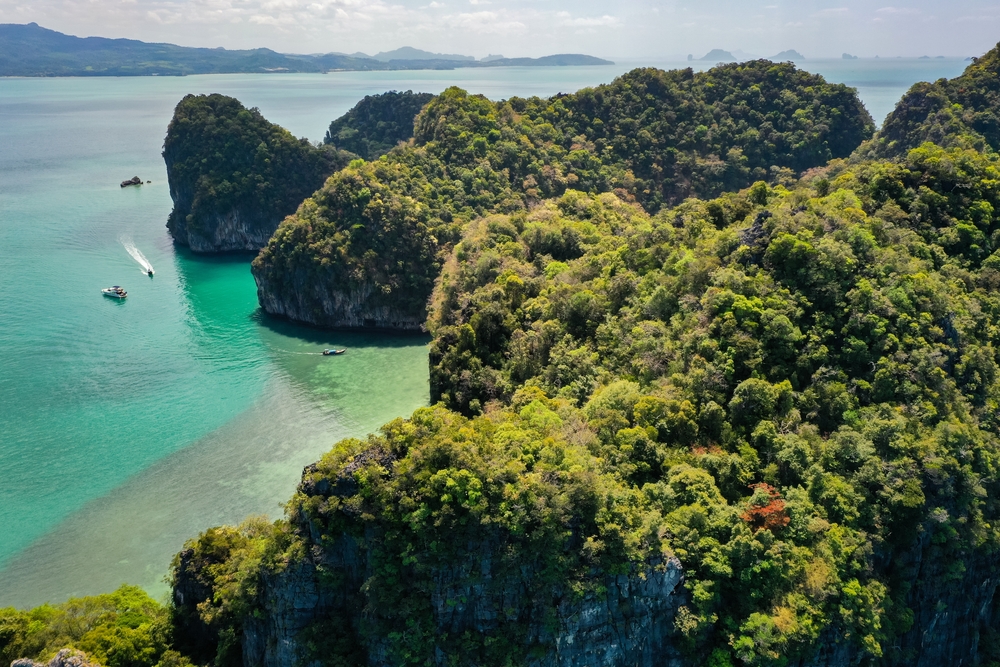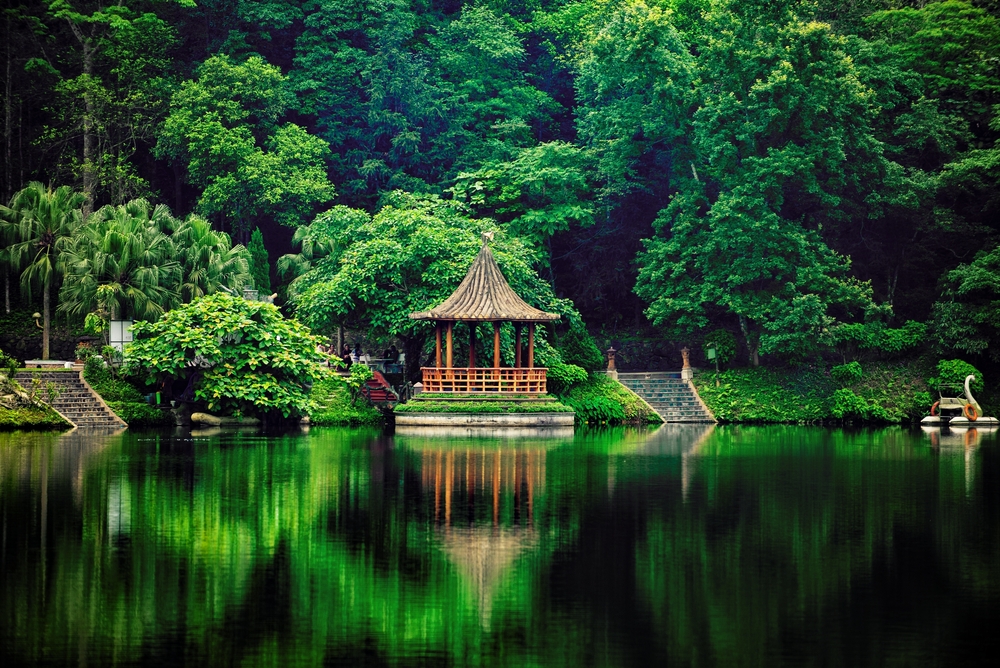Ba Bể Overview
Ba Bể National Park, known locally as Vườn quốc gia Ba Bể, is a stunning protected area in northeastern Vietnam. Spanning an area of approximately 38.57 square miles (100 square kilometers), this park is situated in Bắc Kạn Province, about 150 miles (240 kilometers) north of Hanoi. It is one of the most picturesque locations in Vietnam, renowned for its karst landscapes, rich biodiversity, and the iconic Ba Bể Lake, the largest natural freshwater lake in the country.
The terrain of Ba Bể National Park is characterized by dramatic limestone mountains, dense forests, and serene waterways. The park’s centerpiece is Ba Bể Lake, which stretches over 5 square miles (13 square kilometers) and is surrounded by lush, tropical vegetation. The lake itself is fed by several rivers and waterfalls, including the scenic Dau Dang Waterfall, which cascades through a narrow gorge. Towering peaks like Mount Pia Boc rise majestically above the park, providing breathtaking vistas. The surrounding forests are dominated by limestone karst formations, caves such as Puong Cave, and a vibrant array of flora, including orchids, ferns, and ancient hardwood trees.
Wildlife enthusiasts will find Ba Bể National Park teeming with biodiversity. The park is home to over 65 species of mammals, including the critically endangered Tonkin snub-nosed monkey, the rare Asiatic black bear, and pangolins. Birdwatchers are often drawn to the park, which boasts more than 230 bird species, such as the crested kingfisher, white-winged duck, and racket-tailed drongo. The lake itself supports a diverse aquatic ecosystem, with numerous fish species and occasional sightings of otters along its banks.
Ba Bể National Park is a favorite destination for those seeking adventure and tranquility alike. Visitors can explore the lake by boat or kayak, meandering through its tranquil waters and visiting picturesque islands like Widow Island (Đảo Bà Góa). The park also offers several trekking routes that lead to ethnic minority villages, such as those inhabited by the Tay, Dao, and Hmong communities, where visitors can experience traditional culture and hospitality. Cycling through the park is another popular activity, allowing visitors to soak in the serene landscapes and panoramic views.
Conservation efforts in Ba Bể National Park face challenges, including illegal logging, poaching, and encroachment by agriculture. However, local authorities and conservation organizations have achieved some success in protecting the park’s unique ecosystems through community-based initiatives and ecotourism projects. Programs that engage local ethnic groups in sustainable tourism and conservation efforts have bolstered both environmental protection and economic development in the region.
Ba Bể National Park remains a testament to Vietnam’s natural beauty and ecological significance. It offers an unparalleled escape into the heart of nature, where visitors can immerse themselves in the park’s enchanting landscapes and vibrant biodiversity while contributing to its ongoing conservation.














































































